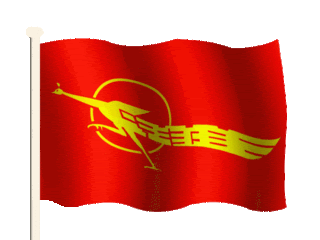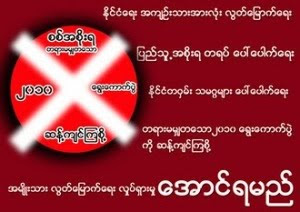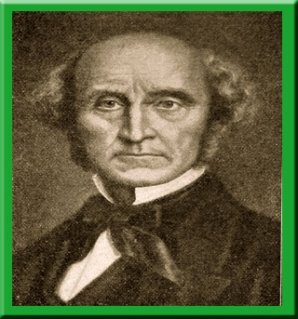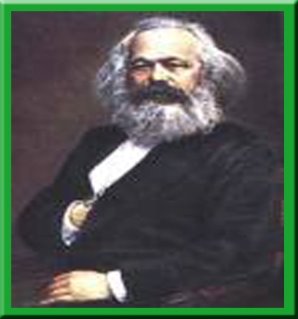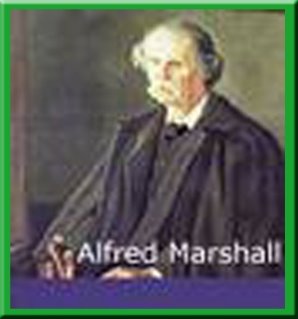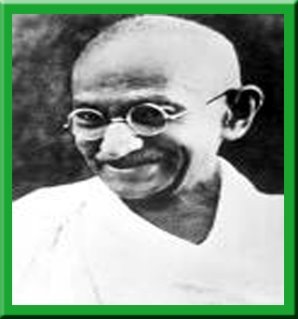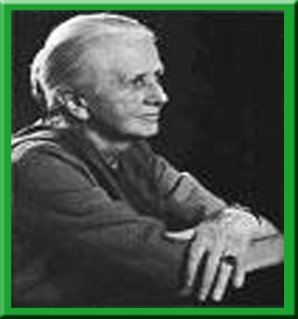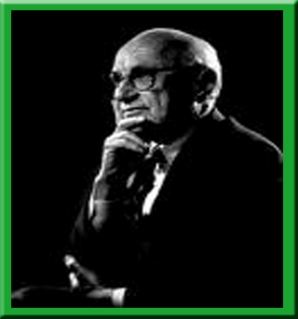Introduction
Economic Reform in the future Federal Democratic Burma will be the most important priority after Burma has been liberated from despotic military dictatorship. So here, I would like to mention about how economic policy is important in public policy making, the basics of economic policies and the major characteristics of economic policies using the UK as a model.
Economic Policy as a Public Policy
Public Policy is a general plan of action adopted by a government to solve a social problem, counter a threat, or pursue an objective.
There are different kinds of public policies, mainly categorized as distributed policies that are designed to confer a benefit on a particular institution or group; redistributional policies that take government resources such as tax funds from one sector of society and transfer them to another and regulation that takes a form of government intervention in the workings of a business market to promote some socially desired goal. (Berry, Goldman, 2005:555)
Different objectives can occur in these policies so that various kinds of policy tools are required to achieve these objectives. Whatever the policies, the basic common tools are incentives and disincentives, direct provision of services and rule setting.
To apply the policy tools, there must be a model of policy making process. The most distinct model applied in US has four policy-making stages, such as
Agenda setting- the stage of the policymaking process during which problems get defined as political issues.
Policy formulation-the stage of the policymaking process during which formal proposals are developed and adopted.
Implementation- the stage of the process of putting specific policies into operation
Policy Evaluation- the stage of the analysis of a public policy so as to determine how well it is working (Janda,2005: 563)
Among the public policies, making economic policy is the master policy area because the level and quality of government depends on public spending which depends on the ways governments manage the economy.
Economic Policy: The Basics
Generally speaking, economy can be categorized as market economy and non-market economy. In a market economy, prices of goods and services are determined through the interaction of sellers and buyers (demand and supply). The major means of production are in the hands of the people. In contrast, a non-market economy relies on government planners to determine the prices and goods. Otherwise, the government owns and operates the major means of production. (Old Soviet economy is an example).
Market economies are usually known as capitalist economies where capital refers to wealth. In these economies, individuals are allowed to own property and sell goods and services for profit in free markets to accumulate wealth.
The most fundamental distinction in economic policy is between macroeconomic policy and microeconomic policy. Macroeconomic policy is the branch of economic policy that deals with total or aggregate performance of the national economy, including money in circulation, interest rates, inflation, exchange rates, capital and labor. Microeconomic policy is the branch of economic policy that deals with the performance and behavior of individual economic actors, including firms, trade unions, consumers and regional or local governments. (Newton, 2004:603)
Many free market economists believe that most of the economic policy should be confined to macro economic management, even though some governments as like British local governments involve in labor markets (employee safety, job security, equal opportunity) and production environment (environmental controls, the provision of roads and utilities) of the manufacturing firms.
In a free market economy, the governments have to obey the economic laws. A government cannot command use over real resources. In a short run, they must either tax or borrow for their spending from private individuals and firms. In a long run, they must raise taxes sufficient amount to cover its expenditures to repay loans. It is an important fact in the conduct of monetary and fiscal policy. (Two types of macroeconomic policies)
Monetary Policies are economic policies that involve control of and changes in the supply of money. Fiscal Policies are economic policies that involve changes in government spending and taxation. According to Keynesian theory, the government can stabilize the economy by controlling the level of aggregate demand by means of fiscal and monetary policies. Various kinds of institutions and actors are involved in these policies making processes.
British economic policy characteristics
I. Monetary Policy (interest rates, money supply, exchange rates)
Institutions:
The Bank of England
The Treasury
International financial markets
Actors:
Monetary Policy Committee chaired by the Governor of the Bank of England
Chancellor of the Exchequer
The Prime Minister
The Treasury
Market Investors and speculators
II. Fiscal and Spending Policy (taxation, government spending)
Institutions:
The Treasury
The Cabinet and Cabinet departments
The Public Accounts Committee and Parliament
The European Union
International financial markets
Actors :
The Prime Minister
The Chancellor and First Secretary to the Treasurer
Treasury officials
Cabinet ministers
spending department officials
Members of Parliament
Organized interests
Local governments
EU officials
Market investors and speculators
III. Microeconomic policies (labor market, industrial, regional, environmental, health and safety and competition)
Institutions :
The Cabinet
Cabinet departments
The EU
Organized interests
Parliament
Local authorities
Actors :
The Prime Minister and Cabinet
Ministers
Department officials
EU officials
Interest group spokespersons and officials
Members of Parliament
Local government councilors and officials
(Budge, 2004:604)
In brief, the Bank of England has a dominant role in setting interest rates. The Prime Minister, Chancellor and the Treasury are the key players in setting the levels of government spending and taxation. Cabinet ministers play a reactive rather than a proactive part. Parliament’s role is confined to decisions and a limited form of supervision. Other interests such as business and the unions play in indirect role.
Conclusion
By looking at the above British economic policy making process, it is clear that various actors involve in different areas so that appropriate policies can be adopted for national interests. It is contrary to the current economic policy making process in Burma with the lack of dominant role for central bank to set interest rates, overwhelming corruption, poor knowledge of the key players, non-existence of Parliament and trade unions and the command nature of the military government.
Khin Ma Ma Myo (13/5/2007)
References
¨ Gordon, R.J. (1978) Macroeconomics, Little, Brown ISE, Canada
¨ Budge, I.; Crewe, I.; McKay, D. & Newton, K. (2004) The New British Politics, third edition, Pearson/Longman, London
¨ Janda, Berry, Goldman (2005) The Challenge of Democracy, Eighth edition, Houghton Mifflin, New York
.

